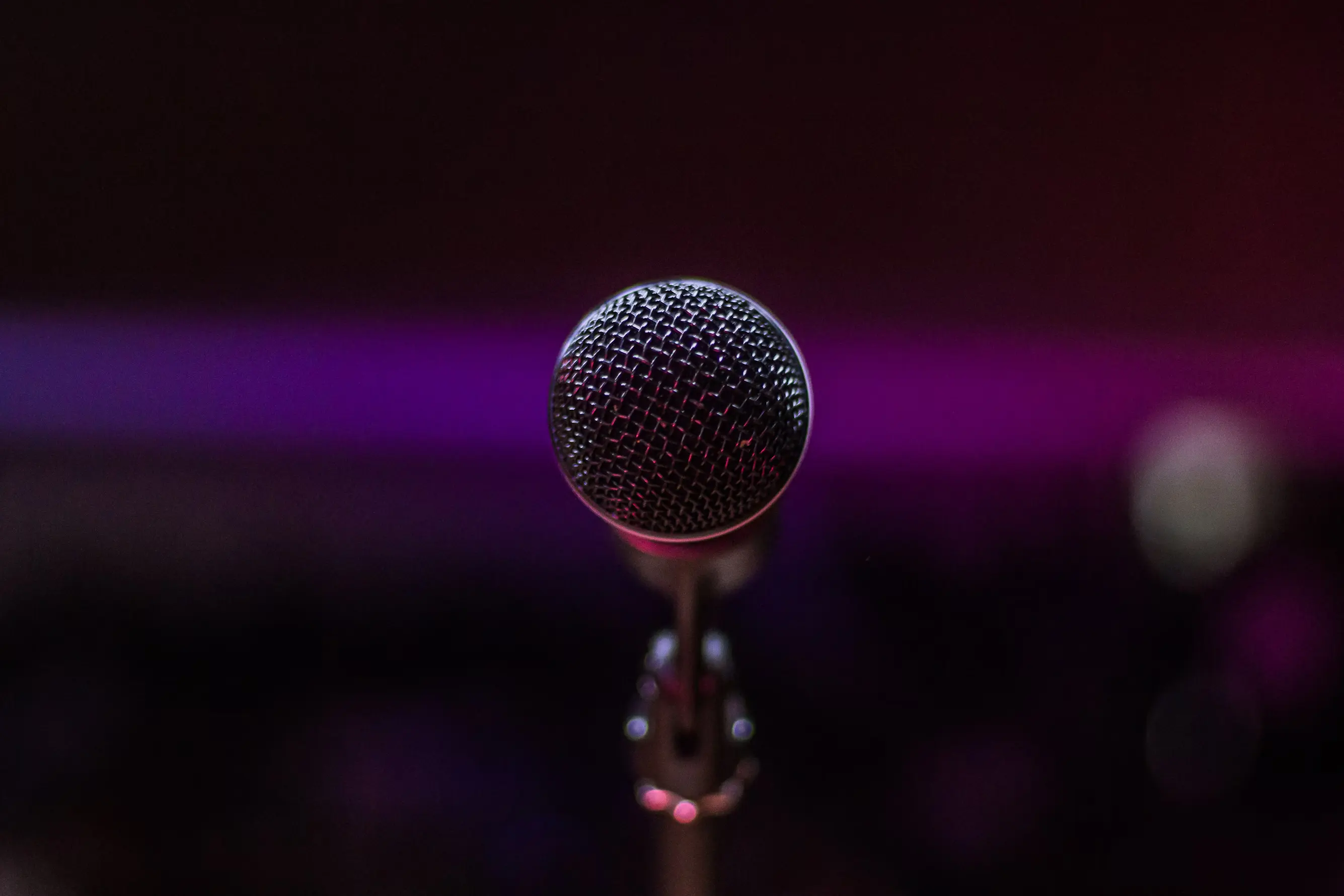
Private previews invite the press for a first look. Honest access, real conversation, and custom rooms help media create news to shape public buzz.
Sunlight cuts the quiet, brushing across floors arranged for comfort, not spectacle. Coffee wafts from a corner. Hosts greet every guest with a handshake, a small smile, and a genuine welcome. Journalists slip in before the world catches up, grateful for space, light, and time. Cameras nestle on empty chairs. Notebooks flip open. A few guests share jokes, swapping news from the week before.
A private preview marks a shift in the day. People sense it. Writers, editors, and photographers know they’ve been trusted. Every detail in the room—framed art, scattered pamphlets, music humming from a speaker—feels chosen for them. Conversation rolls out, slow and honest. Questions land, stories start, and the heart of the event comes to life before a single public footstep.
First access means freedom. Reporters slip past the bustle, get the raw version, and walk at their own pace. Art appears fresh, ideas glow unfiltered, and authentic voices fill the air. Every guest takes a different path. Some linger by a window, others dig into the story with long questions. Founders answer with candor. Creators invite the kind of curiosity rarely seen when the crowd arrives.
Direct quotes, unscripted demos, unrehearsed reactions—these moments fill stories with color and life. Honest access, rare perspective. Press gains context. That context builds trust, and trust shapes coverage
Hosts pick each guest. Editors with loyal readers, news anchors with reach, sharp columnists, creative bloggers—every seat counts. No overflow, no lost faces. Every reporter feels seen.
A smart invitation feels personal. Hosts drop names in the email, share a memory, or add a favorite story from the guest’s last article. The details turn an invitation into a promise: “You’ll find something here. Your work matters here.” That promise carries the event.
Inside, the energy stays tight-knit—podcast hosts bond with photographers. TV anchors chat with art critics. A journalist jots a note for a colleague. One-on-one moments fill the room with the spirit of collaboration.
The host greets the room, then steps aside, letting guests follow curiosity. A quick intro opens the door, but the room belongs to the press. Artists answer questions at the snack table—the chef chats by the stove. The founder shares a private sketchbook with a reporter in a sunlit corner.
No schedule traps anyone. Each guest follows their hunch—one finds a story in the archive, another grabs a quiet interview on the balcony. When the mood dips, a host gently nudges, “Shall we see the next room?” The pace shifts again, light but intentional.
Media values truth over show. A private preview strips away the gloss. Every reporter hears real stories, asks hard questions, and gets the answer right from the source. No PR filter. No crowd noise. A reporter leans in, catches the detail others miss, and turns it into the headline everyone quotes later.
Guests see what the public misses—a slip of laughter, a nervous moment, a piece of art nearly pulled from the wall. Those secrets make every story richer, deeper, closer to the truth. That trust means the coverage reads real.
Coffee stays hot, snacks never run low, and every guest finds a place to sit or wander. Hosts remember names, keep water glasses full, and quietly and gently check in so nobody feels left out. Warmth fills the room. Press responds in kind.
Small touches—fresh pastries, a playlist crafted for the event, a handwritten note on the press packet—signal care. These gestures invite the media to linger. Writers jot notes at the kitchen counter. Photographers swap stories by the window. Each detail adds up.
Every guest who enters the preview carries a story home. Some leave with new contacts. Others plan follow-up interviews or promise coverage for next week’s feature. Connections spark sometimes over coffee, sometimes beside an artwork.
Hosts know relationships last long past the event. Reporters who feel valued come back. Writers mention the preview to friends. Media coverage gains texture because the story started with trust.
Headlines hit early. Stories appear online before the city wakes. Readers sense the difference—deeper quotes, sharper insight, stronger visuals. Images capture mood, not crowd. Sentences ring true, not canned.
Public interest grows from these first impressions. People arrive eager, primed by authentic coverage. Every preview shapes the buzz, the public’s questions, and even the next event’s guest list.
A successful private preview plants seeds for the future. Hosts jot notes on what worked, what fizzled, and who stood out. Reporters send thanks, and sometimes a photo is snapped quietly. The chain grows—invitation by invitation, handshake by handshake, each story layered over the last.
A preview ends, but the impact is there. Stories cross desks, fill inboxes, and spark the cycle again. Everyone leaves changed—a little more connected, a little more inspired.